Why Sound Waves Matter
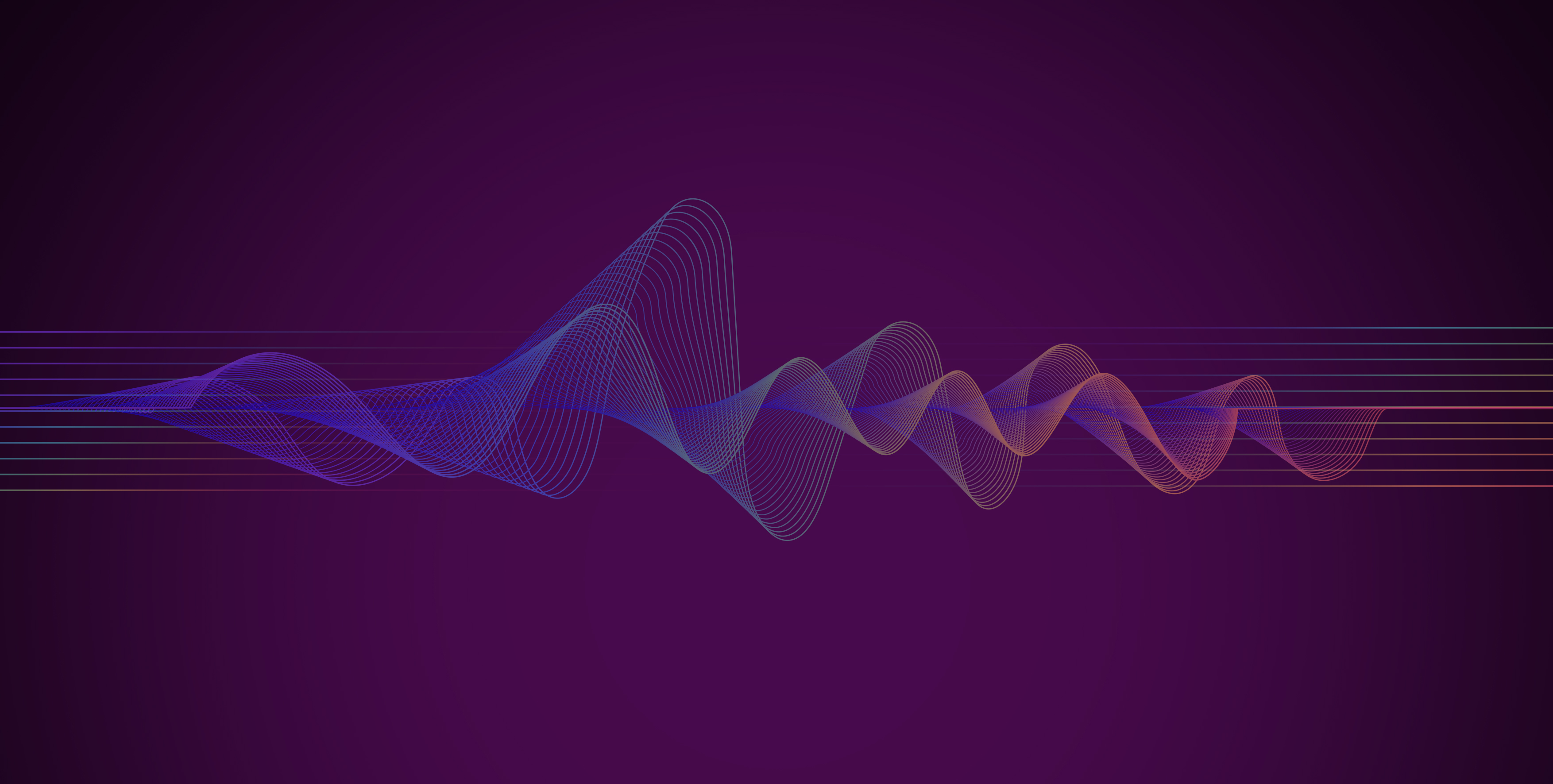

Why Sound Waves Matter
Wade Bray a.k.a."Gandalf" of acoustic measurement encapsulates in a brilliant nut shell for our science corner today what are these invisible sound waves that can make us wince, laugh out loud or irritate us to distraction, learn from an awesome evangelist of the human relationship on the wonders and consternations of Sound.
by WADE BRAY | 2024
Sound + People + Context = Soundscape
These three can’t be separated in human life. Every human is a data/metadata processor, all the time. It’s magical, and overall astonishingly wonderful, although of course can have its negative moments…
Sounds are the data. Our active human system, with the incredible hearing organs and 86-billion-neuron supercomputer that is the human brain, is the metadata (data about the data) processor integrating the sounds and metadata about them into Experience and Meaning.
Information your brain knows and uses about your relationship to the sounds of that moment and place is inseparable from the sounds, in creating your experience – whether good, bad or neutral.
“Hearing” isn’t only about sound, but also about vision, knowledge, appropriateness, where you are, why… and a lot more. A complete construct about your relationship to and understanding of the sound is provided by your brain. You can’t hear without Soundscape formation, you can’t turn off your signal-processing brain nor disconnect other senses.
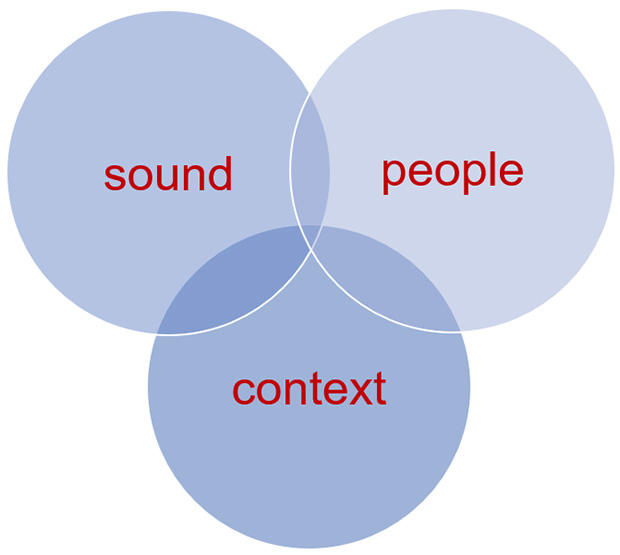 Above: Soundscape Triplet by Wade Bray
Above: Soundscape Triplet by Wade Bray
But what are the sounds themselves, the data?
Sounds are very, very small variations, at rates between about 20 Hz and 20,000 Hz (cycles per second), of the steady atmospheric pressure. Sound radiates from sources as expanding spherical shells of tiny squeezings-stretchings of the spaced air molecules, in effect alternating currents superimposed on a very much larger direct (steady) carrier, the atmospheric pressure.
Just how small a varying pressure the ear can detect as sound is remarkable: slightly less than 2 x 10 to the minus 10th power of the atmospheric pressure at sea level (threshold of hearing at 0.00002 Pascals pressure change, sea level atmospheric pressure is 101,325 Pascals).
The air pressure change of even a very loud sound (20 Pascals, the threshold of pain) is a tiny, tiny fraction of the steady atmospheric pressure. Yet we adapt to hiking from sea level to 2000 meters, to flying in airplanes, to taking elevators to the upper floors of 100-storey buildings, all without physical calamity to our ears due to the slow rate of change over a pretty big air pressure range.
If you had a microphone on a stick and could move it up and down 1000 times per second (to make a 1000 Hz tone), through a distance of only 2 feet, the amount of alternating atmospheric pressure change over that tiny altitude difference would make a sound of 105 dB sound pressure level, a loud sound!
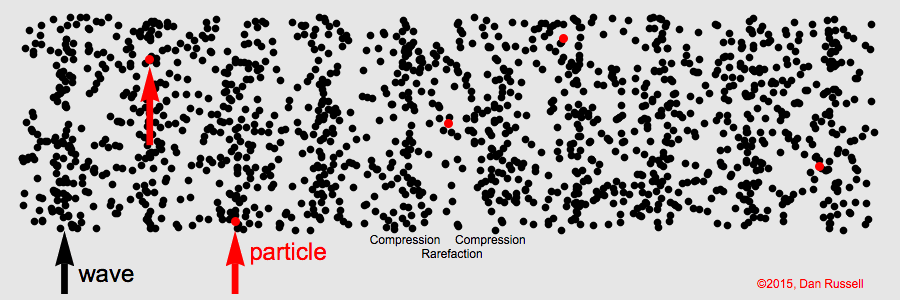
Soundwave PSU - a detailed example of a longitudinal wave traveling through a material medium. This wave is a continuous sinusoidal wave, with regions of compression (where the particles are squished closer together) alternating with regions of rarefaction (where particles are spread farther apart). Red dots (and arrows) show that individual particles simply oscillate back and forth about their equilibrium positions while the wave disturbance propagates through the medium. Dr. Daniel Russell, The Pennsylvania State University
Our reception of sounds: what happens next
Think how sounds occur at different frequencies and times, come from different directions and source sizes, surround you or “come from over there”, have “complications” that convey Mozart, the Beatles, musical emotion, the forest brook, the jackhammer outside, the gentle sound of a quiet home appliance, the voices of family and friends. We live in a scintillating hemisphere of sound, some directions “bright” at some frequencies while others are “darker” at other frequencies… magic.
We receive it all, and spatially; our brains convert all this into Soundscapes and Meanings.
The human mechanism is particularly sensitive to quiet sounds (really more so than high-level ones, and even in the presence of louder sounds), such as the last part of musical reverberant decays even during running music, and early reflections from different directions -- unfortunately for the same reason we’re exquisitely sensitive to small unwanted noises and tiny patterns like buzzes, ticks and fluctuating sounds.
Sounds inappropriate to us that come and go can be more annoying than steady and continuous ones.
We are living, dynamic, ultra-complex experiencers of sound. “Look” inward at your experiences while they’re happening or later, and marvel.
About Wade
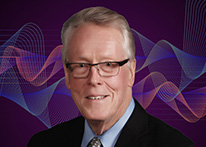
Wade Bray has more than 40 years of experience in automotive and Information Technology sound quality, musical instrument acoustics, church and performing arts venue acoustics, theatre sound system and electroacoustic enhancement system design, and loudspeaker and teleconferencing acoustics. He is active in the Society of Automotive Engineers Noise and Vibration General Committee organizing the Instrumentation papers sessions, the Sound Quality Workshop and participating in the Chat with the Experts sessions at SAE Noise and Vibration Conferences.
Since 1987 he has been active in North American activities of HEAD acoustics GmbH, serving as Vice President of the former Sonic Perceptions, Inc. and its successor, HEAD acoustics, Inc., where as technical officer he provides customer training and support.
Prior to this he was a Senior Consultant at Jaffe Acoustics, Inc. in Norwalk, Connecticut, specializing in electronic variable acoustic system designs for performing arts and full-duplex concealed audio teleconferencing systems. An organist, he also served at Jaffe as the internal consultant on pipe organ acoustics.
At Kimball International, Inc. in the late 1970s – early 1980s Wade was active in piano acoustics research, was Sales Manager for Recording and Broadcast for Bösendorfer pianos, and designed loudspeaker systems and signal processing techniques relevant to spatial hearing for electronic organs. He also served Kimball as the internal acoustics and lighting consultant to the Office Furniture divisions, involving open-plan office systems and applications.
Wade earned the Bachelor of Arts in English and Bachelor of Science in Physics at Arizona State University, with additional studies in psychology, music and acoustics. He is a member of the Acoustical Society of America, Society of Automotive Engineers and Institute of Noise Control Engineering (INCE).
Recent activities include leading the Centenary Sound Lab acoustic measurements project (5 Aachen HEADs and advanced psychoacoustic analyses) at Detroit Orchestra Hall for the Detroit Symphony Orchestra celebrating the Hall’s Centennial and the International Year of Sound (2019), and serving as the acoustician for the new Carr Center Performance Studio in the classic Park Shelton building at Kirby and Woodward in Detroit, which opened to positive reviews in October, 2022.
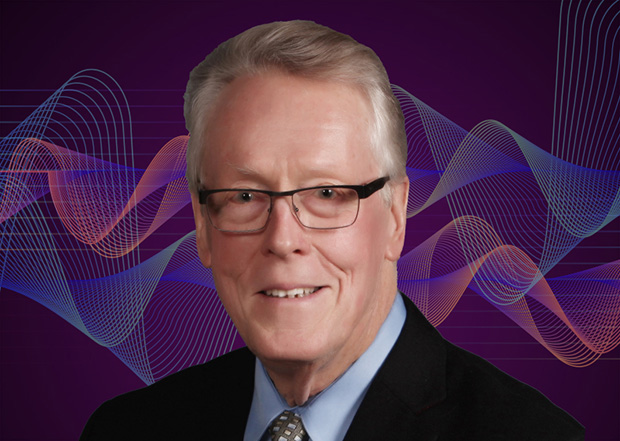


 Quiet Mark Founder
Quiet Mark Founder